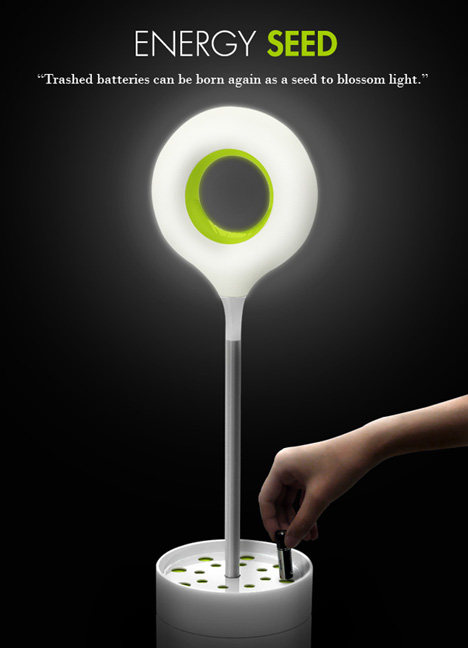As the world continues to consume vast amounts of energy, there are good people out there who are also trying to find more sustainable ways of harnessing energy and using them for our various needs. The ideal way is of course to use natural resources without necessarily depleting them and to also use materials and methods that have lesser carbon footprint than the ones that nuclear and fossil energy use. We’ve seen renewable sources like wind, solar, geothermal, and hydropower and we continue to see more alternatives being created.
Designer: Sea Wave Energy Limited (SWEL)

This UK and Cyprus-based company called SWEL are developing a pretty unique way to harness energy from waves. They call their concept design for a Wave Energy Converter (WEC) the Waveline Magnet. Basically it’s a device you place on the water that will convert the waves into power levels and they do it in a more affordable and low-maintenance way compared to other current technologies that we have right now. It looks like a yellow spine floating on the water and that is the way that they designed it to be.

It’s actually made up of several floating platforms and they are put together through a central power system that looks like a spine. They designed it to be lightweight and modular but also sturdy enough to be able to survive any water environment, even oceans with strong waves. People can actually ride on it although it’s not really meant to be a surfing device or anything like that. It is able to regulate how much energy will be extracted from the wave so it will not cause any disruption in the water eco-system should there be any. It also has a seamless interaction with the waves.

The design is simple enough and is also meant to be easily repaired and maintained. It’s made up of manageable recyclable materials like reinforced plastic and so it really adds to the sustainability of the device. A single WEC can produce 100 MW of energy when they were field-testing it. Of course the bigger the wave power, the more energy they can harness from it. They’ve already tested it in controlled environments and in the open waters. After more tests, they will soon commercialize the technology and then mass produce it for companies and consumers who will want to try out this sustainable technology.







